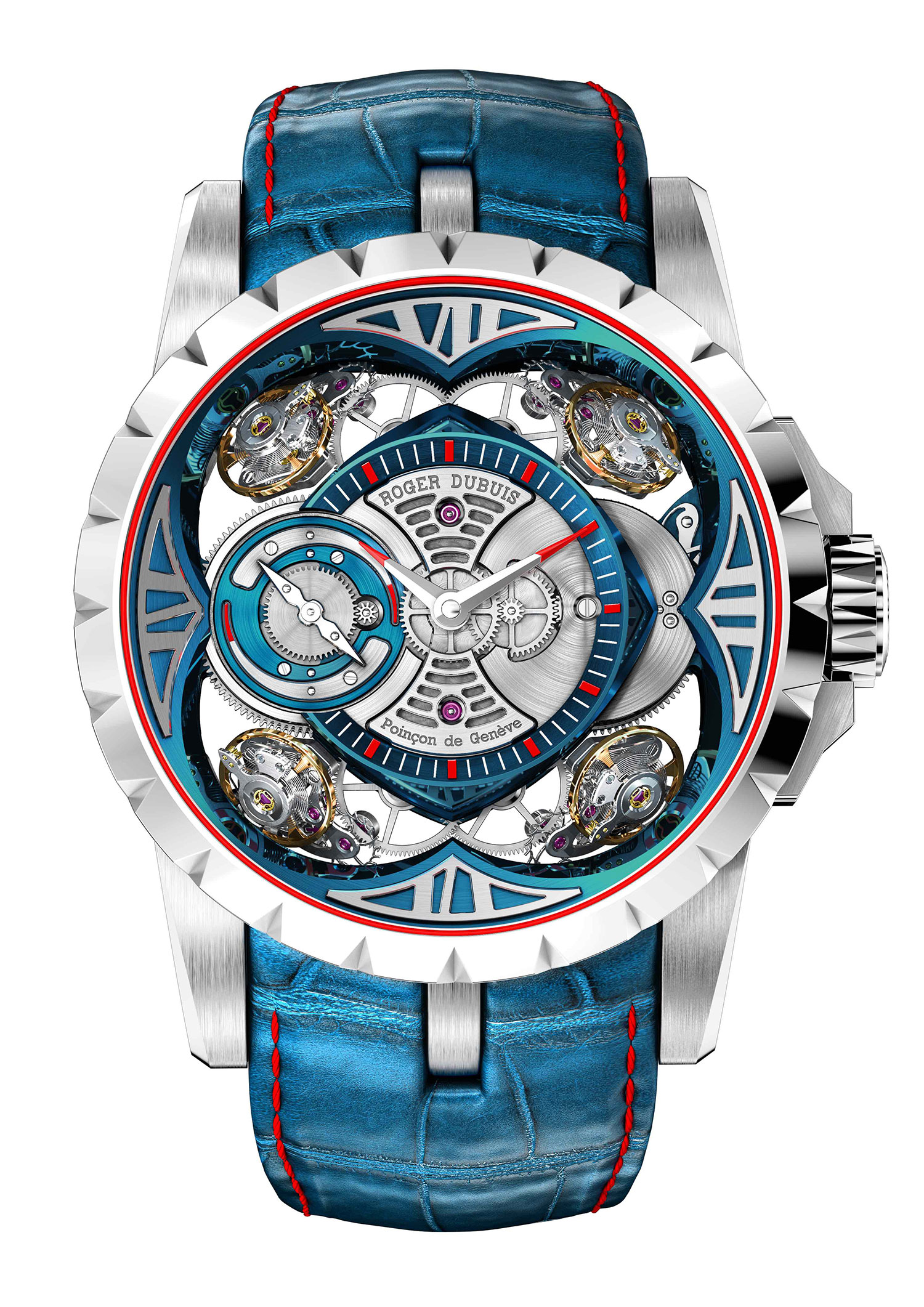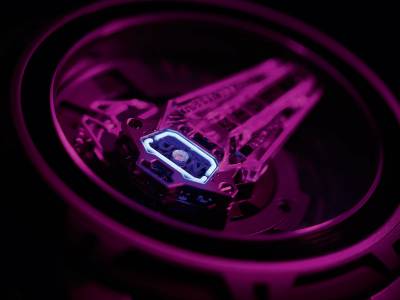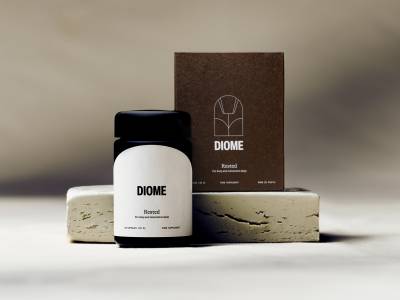The definition of a luxury watch used to be a mechanical timepiece cased in gold or, if very special, platinum — highly crafted, expensive and satisfyingly weighty. Modern technology has changed that with a roster of rare new alloys that are lighter, harder and more durable than precious metals and often more difficult to work. As well as liaising with goldmines, watch brands now spend time in the research labs of the aerospace, motor-racing and medical industries, in some cases developing their own patented materials. All this has changed the look and running of watches, outside and in.
Material whirl: Inside the evolution of luxury watches
3rd August 2017
From carbon, ceramics and moon rocks to titanium and graphene, discover how materials both ancient and modern are shaping the look and mechanics of timepieces
Ceramic, long highlighted by the Chanel J12 and many of Rado’s models, is now almost commonplace — light, non-allergenic and warm to the touch, it forms cases, bracelets and unscratchable bezels. Titanium is growing rapidly in popularity, offering great strength for its lightness, anti-corrosiveness and an ability to take on brilliant colour. Silicon is becoming an essential ingredient in movements — it needs no lubrication so reduces the necessity for costly maintenance. Carbon is a more recent material in various hi-tech forms, such as fibres made up of nanotubes 10,000 times thinner than a human hair. The latest addition is graphene — flexible, atom-thick sheets of carbon that are many times stronger than steel.
Most of these experimental materials are ferociously expensive, catapulting watches made from them into the luxury sector. Aesthetically, they create the modern, industrial-looking or lightweight sporty styles that currently dominate men’s directional watch design. They are prized for qualities of toughness and durability that are essential in the industries for which they were originally developed.
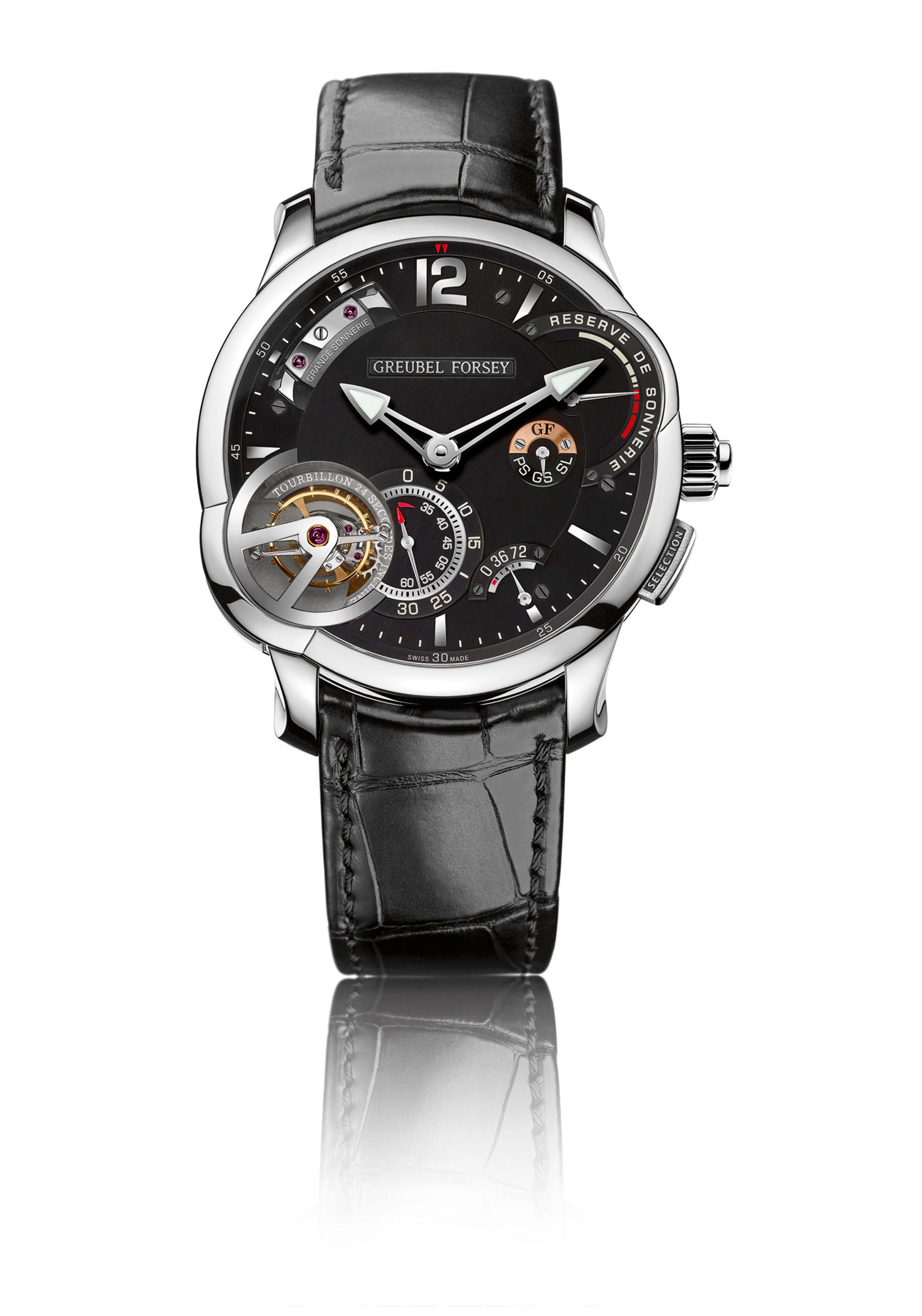
The gadgety aspect has a strong male following, but hi-tech increasingly enthrals women, with styles such as Richard Mille’s RM 037, where silky matte-grey carbon is set with lines of diamonds held with gold claws. Titanium forms the matrix to Roger Dubuis’ Excalibur 36, with the bezel set with dark blue sapphires around a blue lacquer dial. In Urwerk’s UR-106 Flower Power, a horseshoe of pavé diamonds embraces a dial of rotating diamond flowers. Sometimes the excitement is on the inside — Rolex has developed its patented Syloxi hairspring in silicon for the smaller proportions of women’s watches, now in the new 28mm Lady Datejust with its alluring nude pink dial.
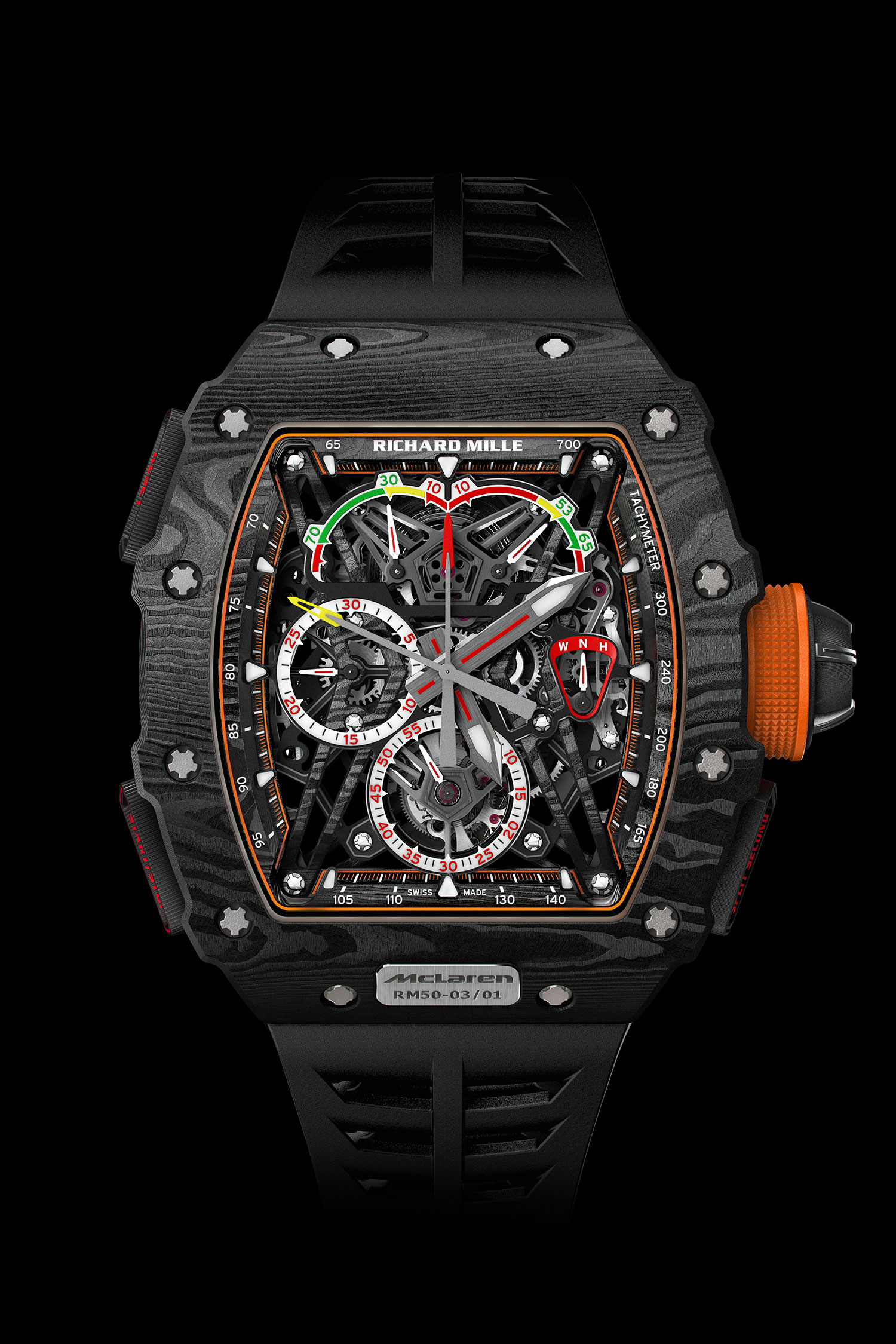
The definition of a luxury watch has changed with modern technology’s roster of new alloys that are lighter, harder and more durable than precious metals
Certain brands lead on developing materials for men’s watches. Richard Mille is one, its strong links with McLaren and Formula 1 inspiring the carbon RM50-03, the lightest tourbillon split seconds chronograph and the first watch to include graphene (in the strap). Another is Panerai, whose Luminor 1950 LAB-ID Carbotech has a carbon case, an intensely black dial containing light-absorbing nanotubes and a movement that needs no liquid lubrication. Roger Dubuis is a third — its extraordinary Quatuor Cobalt MicroMelt, looking like a horological arcade game with its bright colours and four balance springs, is made from a unique alloy of cobalt and chrome, while its Excalibur Spider Pirelli automatic skeleton, in partnership with the tyre manufacturer, has a movement in carbon composite, alongside low-tech rubber from used F1 Pirelli tyres.
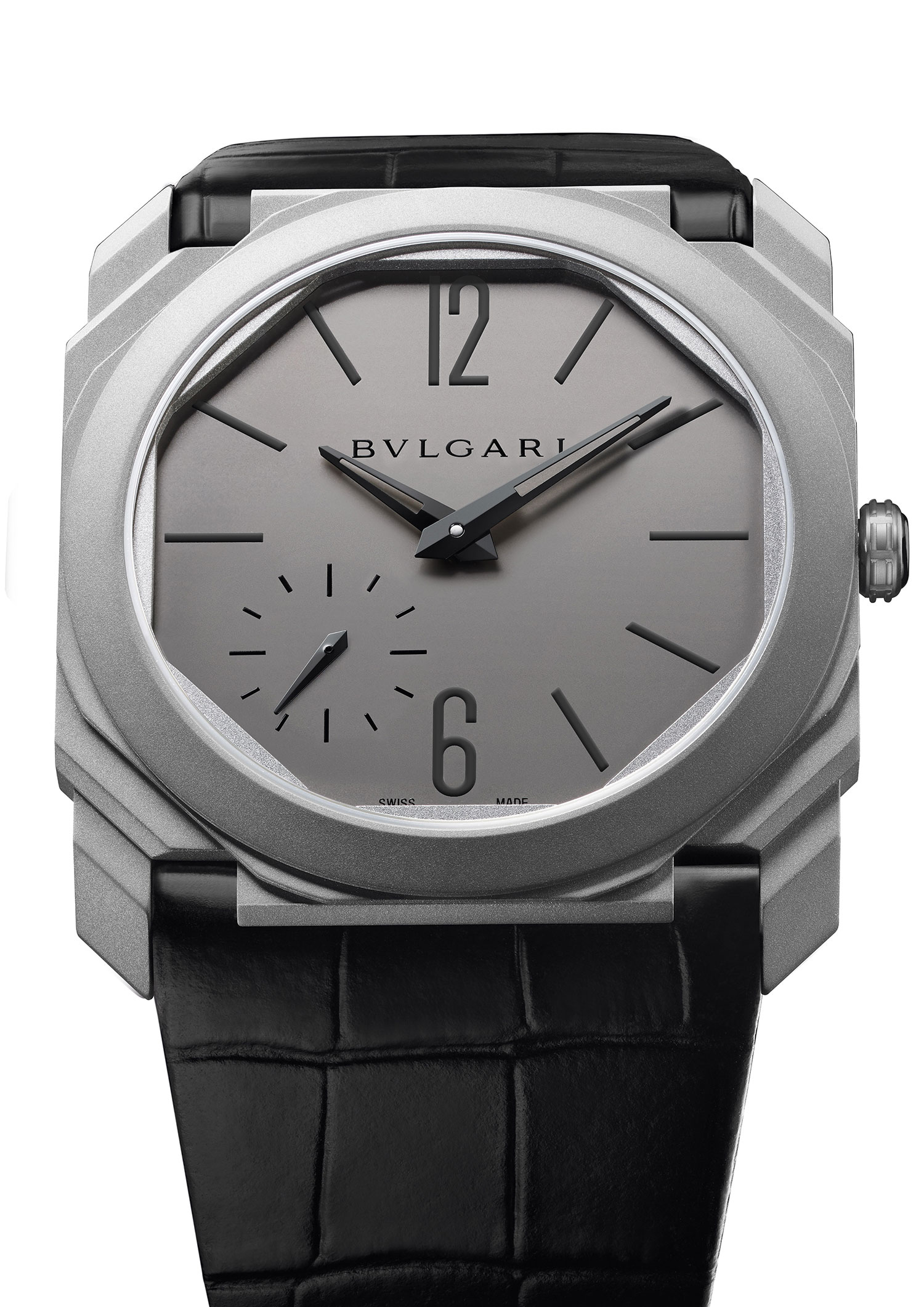
Other trailblazers include nautical specialist Ulysse Nardin, whose InnoVision 2 concept watch has 10 innovations, such as a silicon escapement and balance wheel and a rotor mechanism based on a yacht grinder. Greubel Forsey took 11 years to develop its first Grande Sonnerie and discovered that a titanium acoustic resonance cage gives the richest sound.
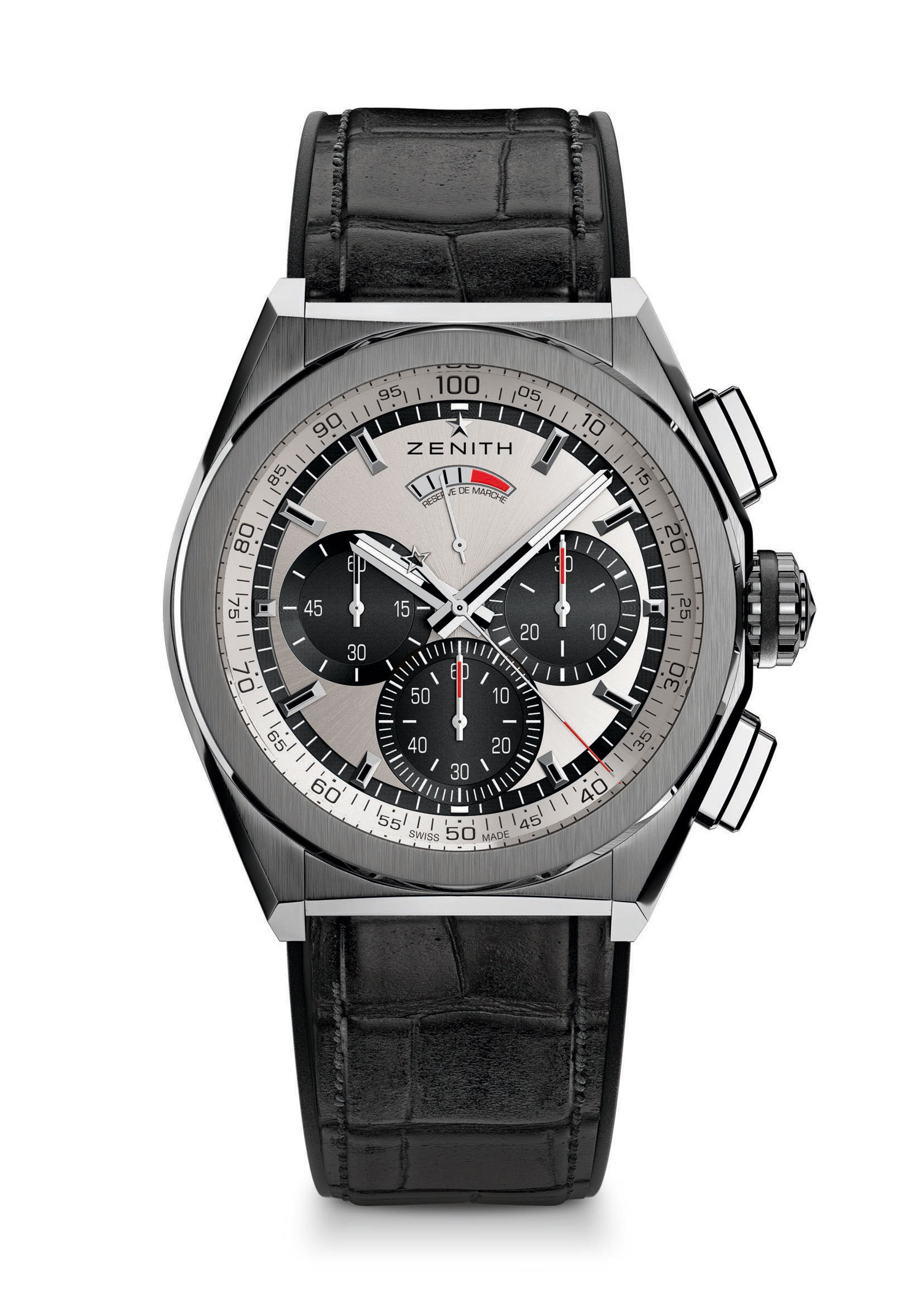
Some innovative materials are very old while even the most expensive become mainstream
Now that the ever-adventurous Jean-Claude Biver is head of LVMH’s watchmaking, its brands are upping the materials ante. Hublot’s Ferrari Tech Frame tourbillon chronograph has a skeletonised case in forged carbon or titanium. Zenith’s titanium Defy El Primero 21 has balance springs made from carbon matrix nanotubes. Bulgari’s record-thin, all-titanium Octo Finissimo Automatic is super-elegant in sandblasted grey with a matching croc strap.
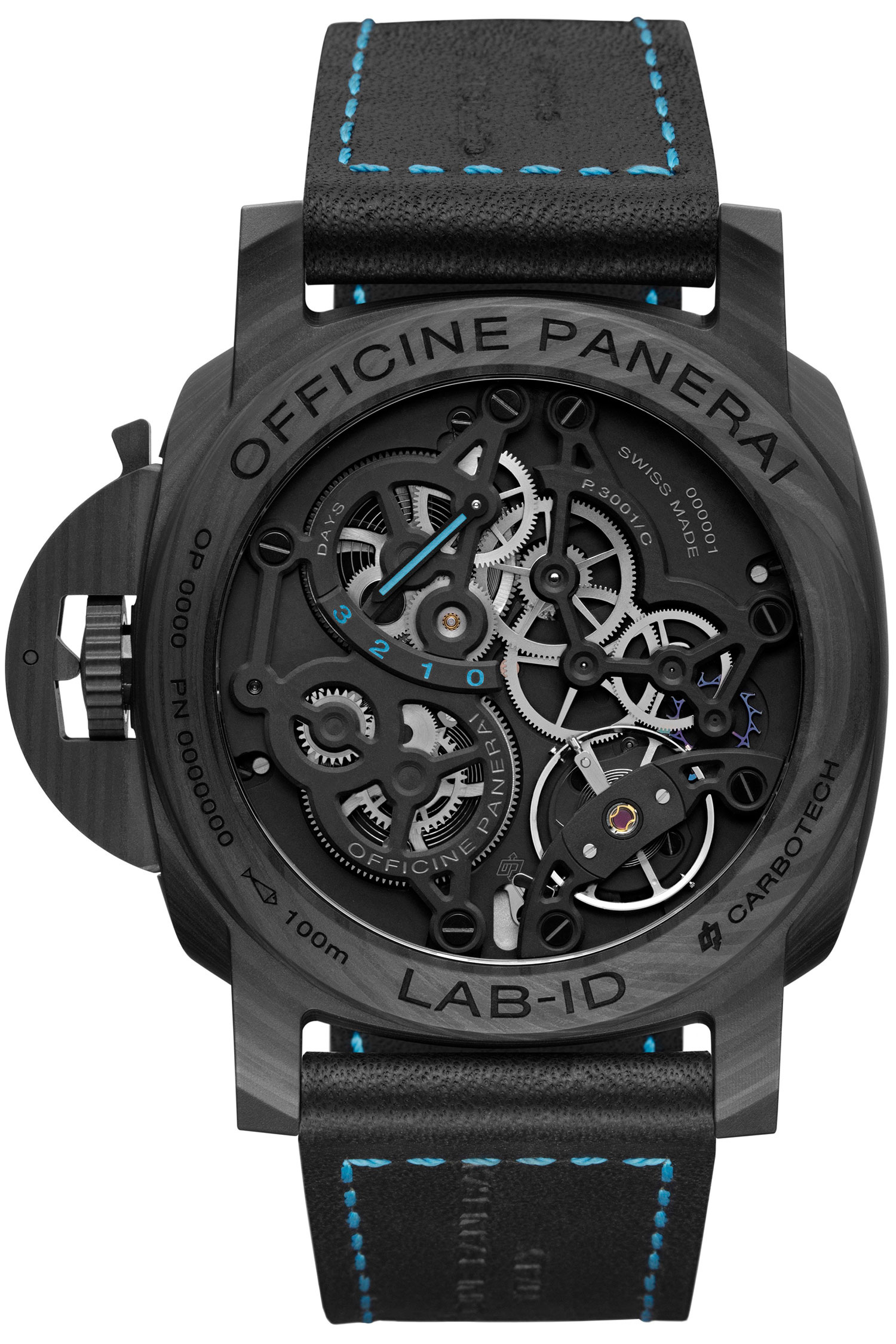
Even the most experimental materials eventually become more mainstream. Ceramic is now being used in inventive new ways: Rado has linked with several young designers, including American interior designer Sam Amoia whose True Blaze model in plasma ceramic has a glittering, crystalline yet minimalist dial of synthetic diamond powder. Omega has created a beautiful blue ceramic for the case, dial and bezel of the new Speedmaster Chronograph Moonphase, matched to its crocodile strap. Longines brings carbon-fibre technology to the middle market with the dial of the Conquest VHP, which sports a specially designed, high-precision quartz movement.
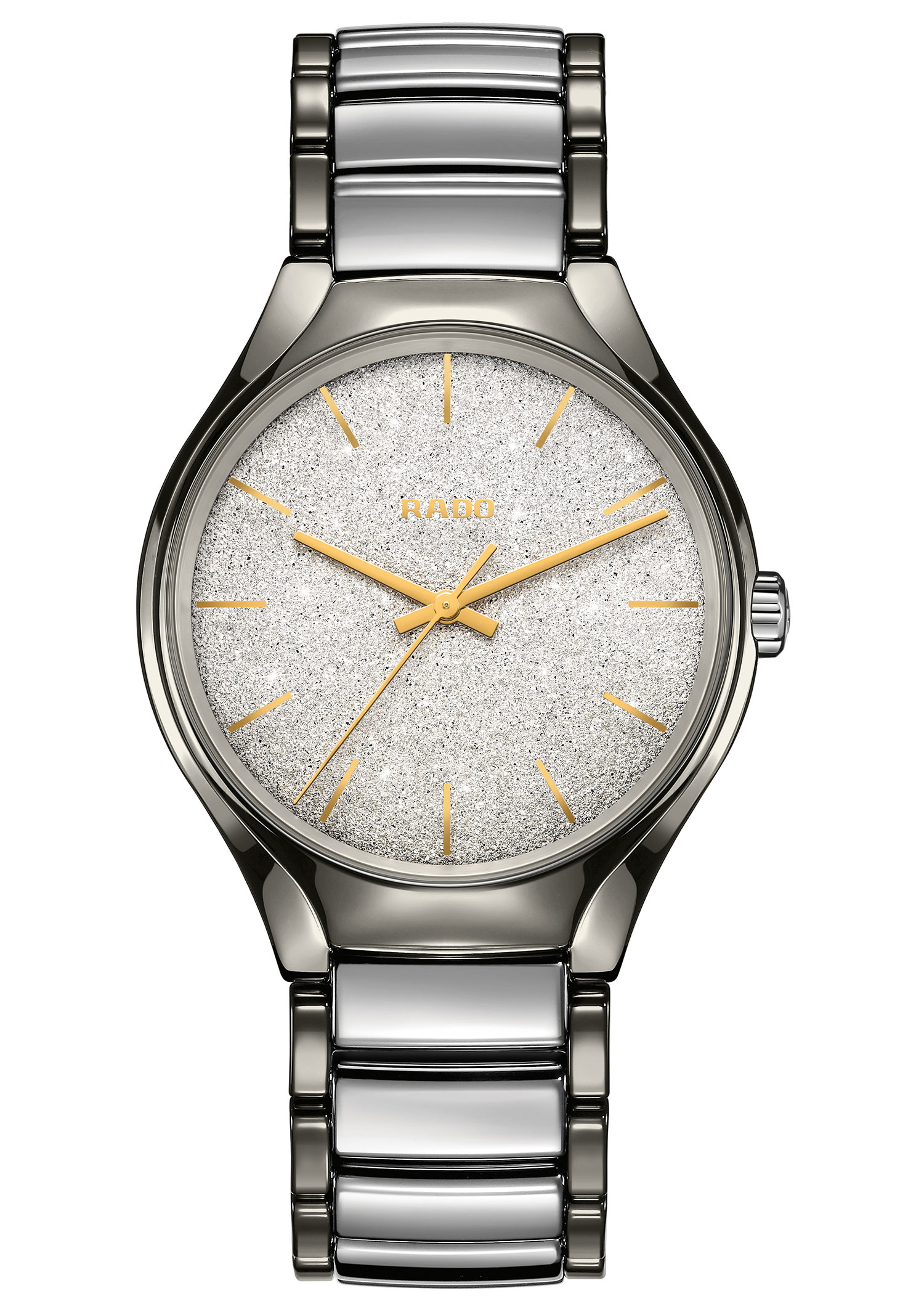
Some innovative materials are very old. Panerai’s launch of the Bronzo created an army of competitors after it found the right mix of alloys for this subtle material with its natural patina. The Bronzo now comes in a handsome, blue-dialled version. Eterna has a bronze version of the Kontiki dive watch, Corum has a pre-patinated bronze version of its iconic Admiral’s Cup model with a wood “yacht-deck” dial, and the Maurice Lacroix Aikon Bronze has a fashionably shaded dial.
Even more ancient are moon rocks — in Romain Jerome’s quirky Moon Dust models — and meteorites, used in the dials of Parmigiani’s Tonda, in white and crystalline forms in the new version of Piaget’s vintage-inspired Black Tie, and in the moon disc of Rolex’s new Cellini Moonphase. Carbon itself is billions of years old. While technology currently preoccupies watchmakers as they look for the next innovative alloy or cutting-edge substance, nature’s ancient materials are likely to endure.
